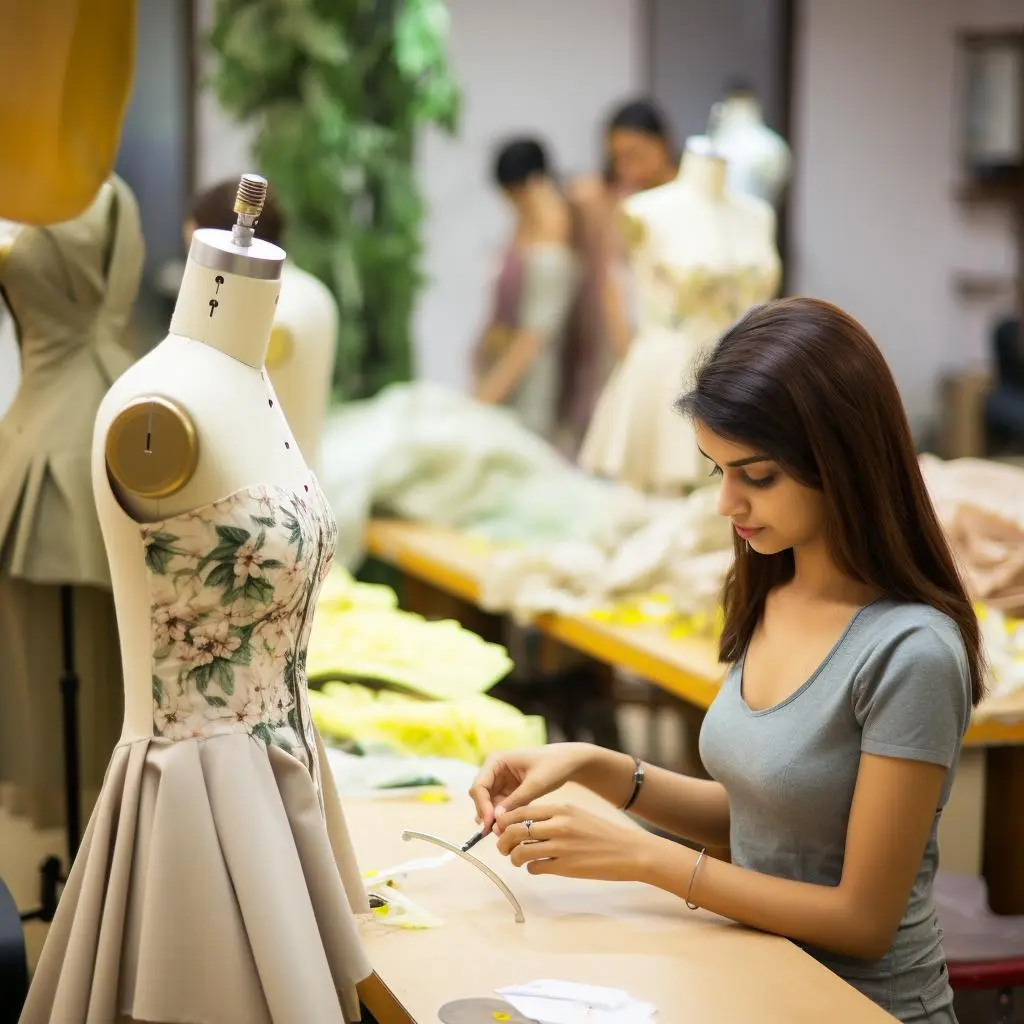Homdrai: Your Vision, Crafted with Precision
Trusted Tailors Creating Custom Couture for Every Occasion.
Explore Custom Designs
About Homdrai
At Homdrai, we believe in the power of personalized couture. As your trusted tailors in Edappally, we blend expert craftsmanship with your unique vision to create garments that are not just beautiful, but also a true reflection of your individuality. Our brand is rooted in a passion for quality, precision, and timeless style.
We specialize in crafting exquisite Bridal Wear, Lehengas, Gowns, Anarkali suits, and Kids Special Wear. We are committed to ensuring that every creation is a testament to both our tailoring expertise and your dreams.

Current Offers
Our Services

Lehenga
Custom-made lehengas that blend tradition with modern design. Perfect for weddings and festive occasions.

Bridal Wear
Exquisite custom designs for your special day. From traditional to contemporary, we craft bridal wear that reflects your unique style and vision.

Kurtha
Elegant Kurtha tailored to your exact measurements and style. Ideal for receptions, parties, and special events.

Anarkali
Graceful Anarkali suits crafted with intricate details and luxurious fabrics. Perfect for festive events.
Why Choose Homdrai?
Personalized Design
Your Vision, Our Expertise. We craft unique pieces tailored to your style.
Expert Tailoring
Experience the difference of precise tailoring and impeccable fit.
High-Quality Materials
We use only premium fabrics and embellishments.
How It Works
Choose Your Stylist
Select from our experienced team of tailors and designers.
Create Your Custom Outfit
Share your vision, select fabrics, and personalize your design.
Pay and Order
Place your order, make secure payment, and we will deliver your perfect fit.


